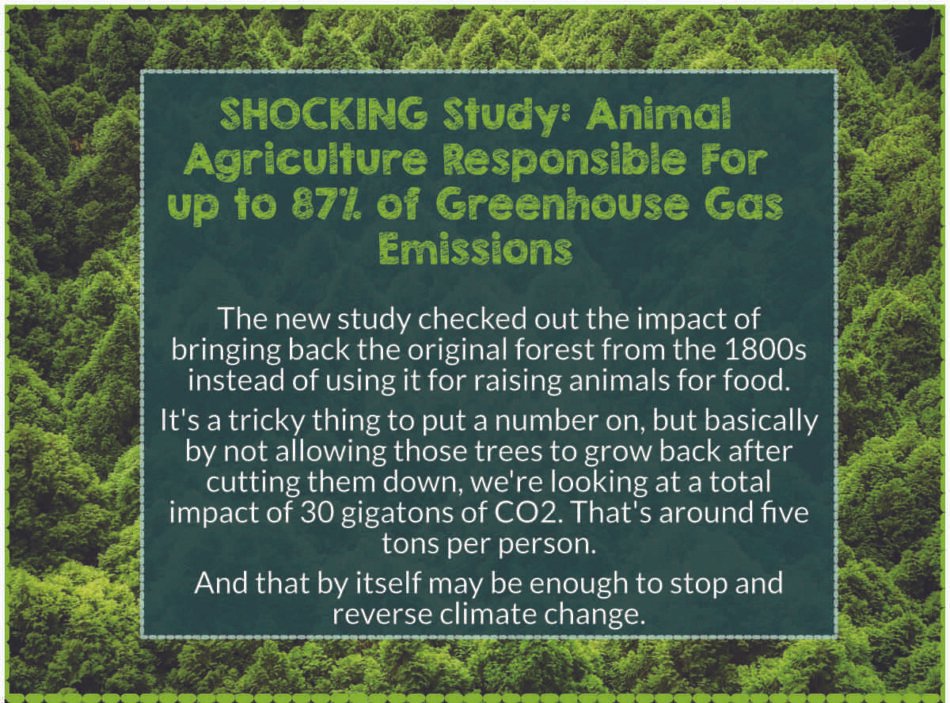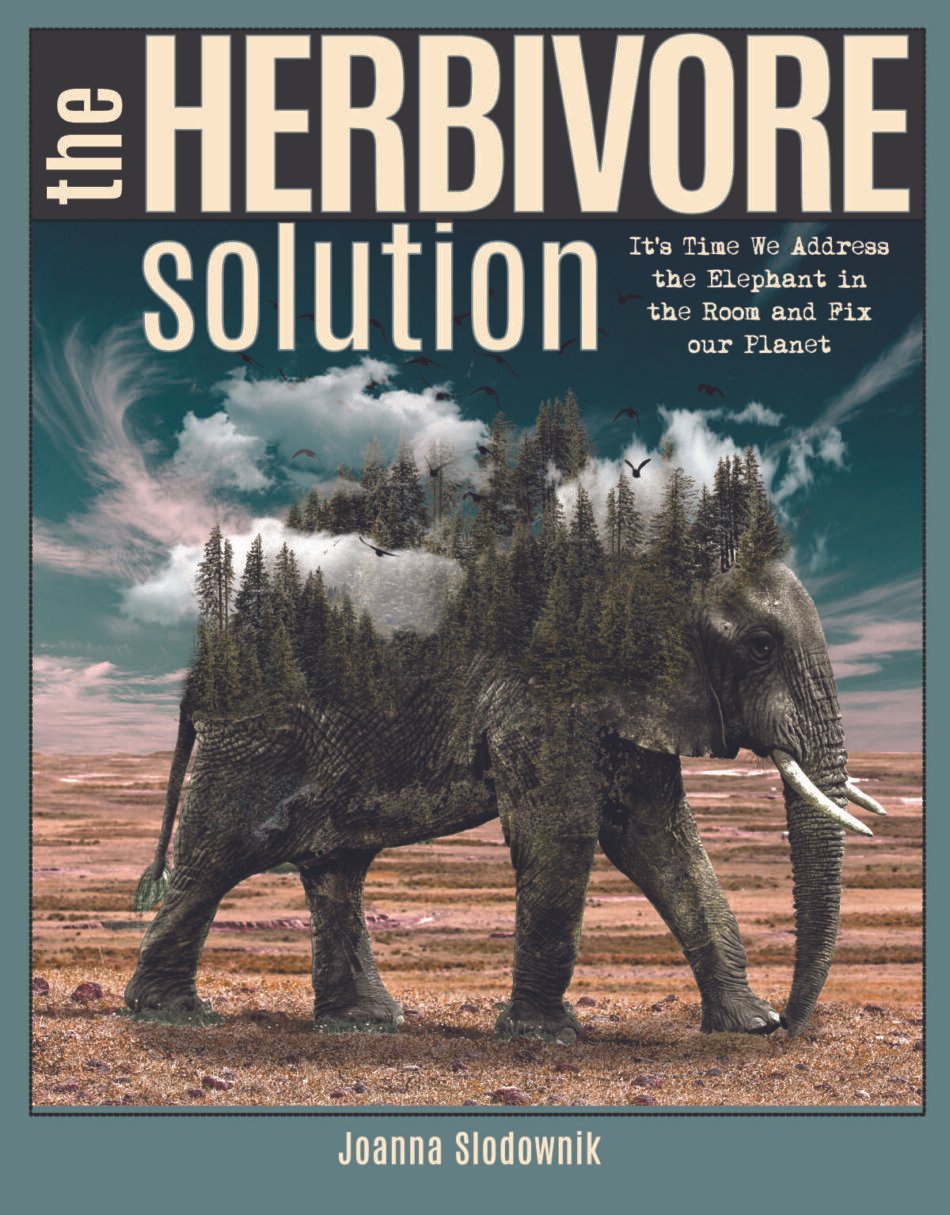Up to 87% greenhouse gas emissions may come from this one sector!
87%?!
You may think this is a bunch of nonsense, but please keep reading.

According to a study by Dr. Sailesh Rao: Animal Agriculture Responsible For up to 87% of Greenhouse Gas Emissions
In the past, there have been different estimates, one from the UNFAO at 18%, and then another from Goodland and Anhang at 51%. UNFAO reinterpreted their work and made it 14.5%.
And now, Dr. Sailesh Rao suggested this outrageous number of 87%.
Where did that come from?!
Why are these estimates so wildly different?
The UNs 2006, 18% figure and the World Watch Institutes 2009, 51% figure, are different because the latter accounted for the breathing contribution of animals and photosynthetic capacity of the land used for feeding and housing livestock.
Plus, they’d also used a 20-year time frame for calculating methane emissions, instead of 100. And both were controversial in some circles, especially in the animal industry.
But there is another factor that was missing from these reports.
And that is the opportunity cost of the land use.
It’s a tricky thing to put a number on, but the new study checked out the impact of bringing back the original forest from the 1800s instead of using it for raising animals for food.
Basically by not allowing those trees to grow back after cutting them down, we’re looking at a total impact of 30 gigatons of CO2. That’s around five tons per person.
And it turns out that by itself would be enough to reverse climate change.
The opportunity cost of forests in determining accurate greenhouse gas emissions turns out to be such an enormous factor.
Which is BAD news.
But it’s also GREAT news!
Because that is something that we can change.
If we got rid of animal-based products, replaced them with plant-based alternatives, and changed how we’re using the land, restoring the forests, wetlands, mangroves, and leaving the oceans alone, we might have a shot NOT JUST AT SLOWING DOWN the climate change, loss of biodiversity, water and soil depletion, ocean acidification, and such…
BUT we even may have a chance of REVERSING some of the damage.
But the clock is ticking.
Either we switch to a plant-based food system, or the world as we know it ends.
It may not end tomorrow or after tomorrow, but if the trends continue, that time will come.
Sorry for being so blunt, but such are the facts.
And whatever that number really is, it doesn’t even matter.
Whatever estimates you accept as the closest to the truth—the bottom line is that impact is HUGE, and we can’t ignore it any longer.
Even if it’s half or one third or a quarter, we need to stop pretending it’s not a big deal.
According to the Ecological Footprint Calculator, it would take 1.75 Earths to sustain our current population 1. If current trends continue, we will reach 3 Earths by the year 2050 1.
Our planet has finite resources and that our current lifestyles are unsustainable.
We have to address this enormous elephant in our kitchen.
We cannot keep looking at that elephant and pretend he’s a pony.
We need to take action to reduce our carbon footprint and adopt more sustainable practices to ensure a better future for ourselves and future generations.

And if you are not an herbivore yet, how about becoming one today?
On any acre of land, we can grow TWELVE TO TWENTY times the amount in pounds of vegetables, fruits, and grains as in pounds of edible animal products!
But it’s not just about what’s on your plate.
It’s about making others aware, and especially making the politicians and decision makers aware.
So, share this information with as many people as you can, and demand action from those who are in power.
Let’s start the REVOLUTION.
Because if not us, then who. If not now, then when.
PS. Sign up for my newsletter if you want to receive more articles from my new book “The Herbivore Solution”.

References:
Check out Dr. Sailesh Rao’s website Climate Healers
The study by Dr. Sailesh Rao, published in the Journal of Ecological Society, argues that animal agriculture is responsible for 87% of greenhouse gas emissions, pointing to the cumulative impact of deforestation for animal farming and annual methane emissions produced by cattle, which “cause more incremental global warming than the annual CO2 emissions from all fossil fuel sources combined” 12.

